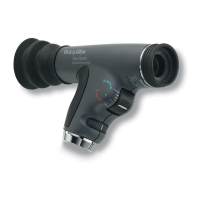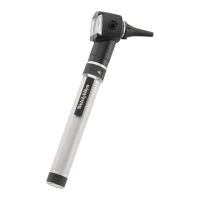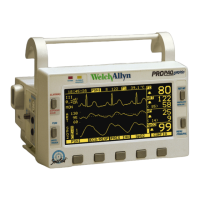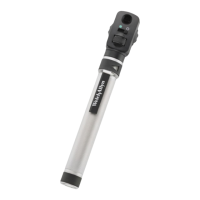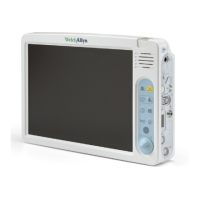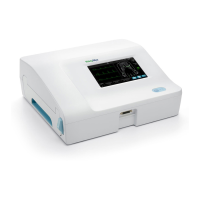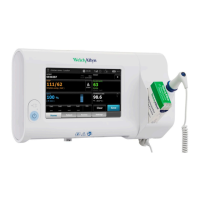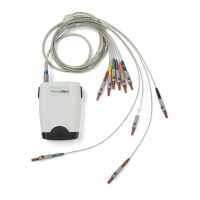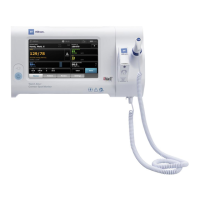12
Apertures and Filters
There is a wide range of practical apertures and filters to select
from: small spot, large spot, micro spot, slit aperture, red-free filter,
cobalt blue filter (optional), and half-moon aperture (optional).
1. Small Aperture: Provides easy view of the fundus
through an undilated pupil. Always start the
examination with this aperture and proceed to micro
aperture if pupil is particularly small and/or sensitive to
light. This position is the “Home” position on the
aperture dial and is denoted by the green marking.
2. Large Aperture: Standard aperture for dilated pupil
examination of the eye.
3. Micro Spot Aperture: Allows easy entry in very small,
undilated pupils.
4. Slit Aperture (Models 11810, 11820 only): Helpful in
determining various elevations of lesions, particularly
tumors and edematous discs.
5. Red-Free Filter (Model 11810, 11820 only): This filter
excludes red rays from the examination field: this is
superior to ordinary light in viewing slight alterations
in vessels, minute retinal hemorrhages, ill-defined exudates
and obscure changes in the macula. The nerve fibers become
visible and the observer may note the disappearance of such
fibers, as in optic nerve atrophy. The background appears gray,
the disc appears white, the macula appears yellow, the fundus
reflex is intense and the vessels appear almost black. This filter
is also used to help distinguish veins from arteries; veins stay

